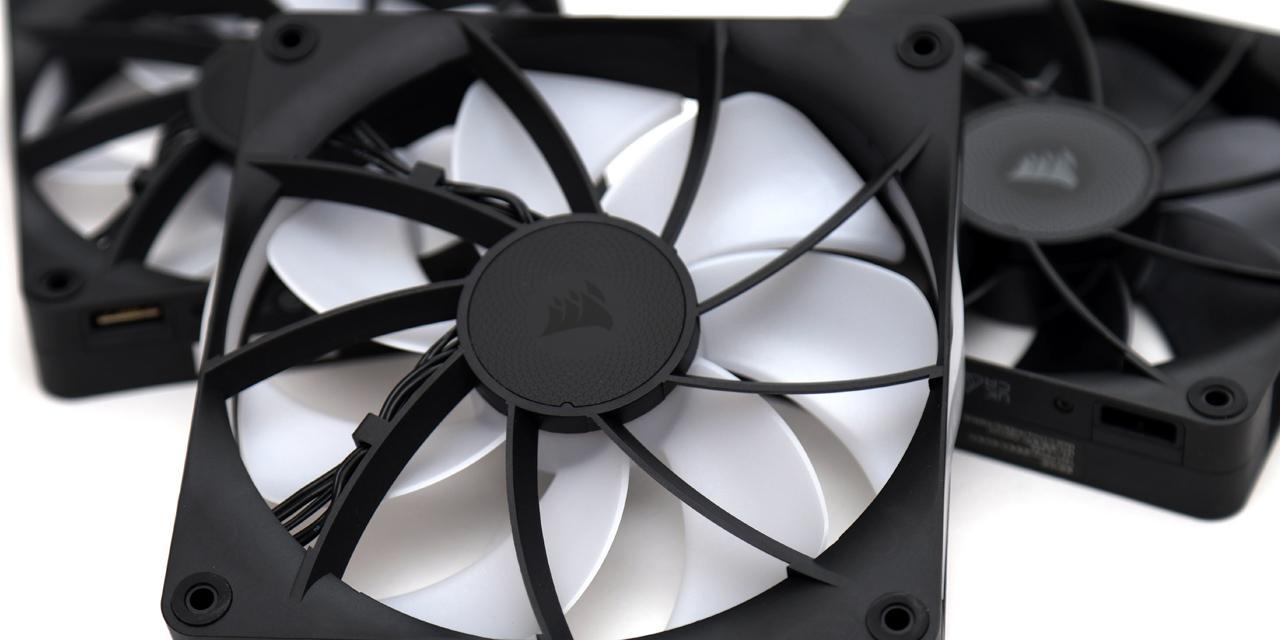|
From X-bit Labs: Intel Corp.'s attempts to lower power consumption of its chips aimed at ultrabooks and eventually at media tablets and smartphones inevitably bring fruits to desktop personal computers as well. Based on unofficial information, the company's next-generation Ivy Bridge microprocessor will have substantially lower thermal design power compared to the existing desktop chips. Initially believed to be an evolutionary step from the Core i-series "Sandy Bridge" microprocessors, the Core i-series "Ivy Bridge" central processing units (CPUs) will be much more than just a "tick" in Intel's roadmap. Apparently, the chips, in addition to all major innovations that Intel installed into it, will have numerous power management improvements that will reduce nominal thermal design power of high-performance Ivy Bridge desktop CPUs to 77W, according to a slide that resembles those from Intel's presentations published by ChipHell web-site. For several years Intel's performance mainstream and performance microprocessors had TDP of around 95W. For example, Intel's current top-of-the-range "non extreme" quad-core Core i7-2600K microprocessor with unlocked multiplier has 95W thermal design power, just like its lower-end brethren. By contrast, the future Intel Core i7-3000K "Ivy Bridge" chips will have 77W default thermal design power, which means lower overall power consumption as well as quieter operation of the whole PC system. In addition to high-performance Core i7-series "Ivy Bridge" chips with 77W TDP, Intel will introduce Core i5 and Core i3 "Ivy Bridge" quad-core microprocessors with 65W and 45W thermal design power as well as dual-core processors with 55W and 35W thermal envelopes. Previously, Intel recommended to use notebook-oriented 35W processors for low-power performance desktops. Reduced power consumption does not mean lower overclockability or lower Turbo Boost improvements. Thanks to configurable thermal design power feature, system makers and end-users will be able to increase or reduce TDP in order to allow chips to more significantly increase clock-speeds in Turbo Boost mode or disable automatic overclocking in order to squeeze the chips into smaller form-factors. View: Article @ Source Site |
 |
Intel's Ivy Bridge Processors to Reduce Power Consumption to 77W
© Since 2005 APH Networks Inc. All trademarks mentioned are the property of their respective owners.





